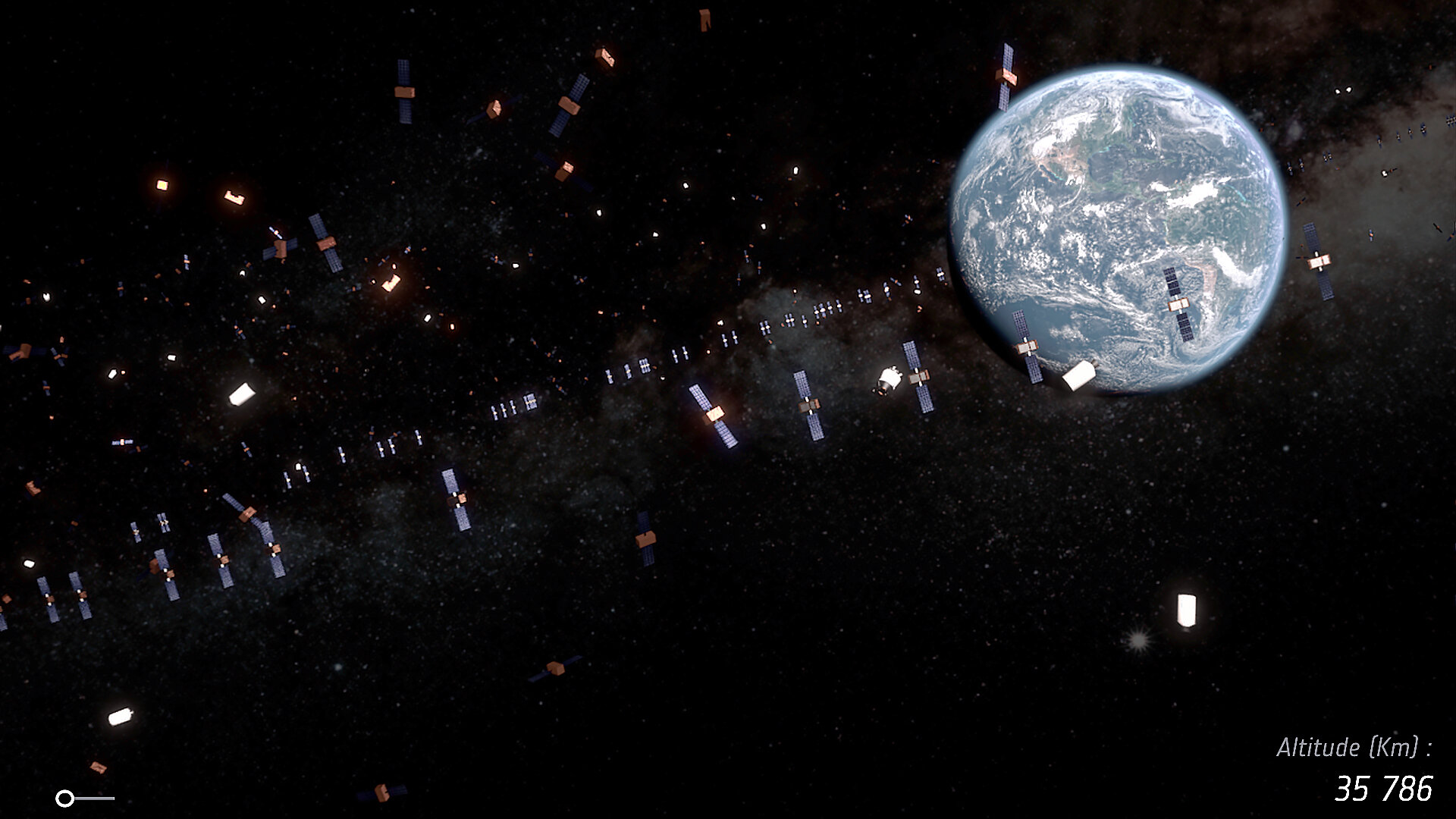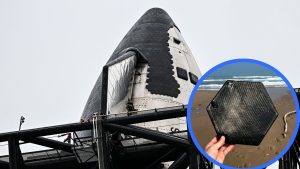Defunct Soviet Satellite Suspected Of Colliding With Space Debris
2nd Sep 2023
A defunct Soviet Union satellite has disintegrated, likely caused by a possible space debris collision event. Astronomer Jonathan McDowell reported the collision on X – the platform formally known as Twitter – saying: “another possible orbital impact event: 7 debris objects catalogued from a defunct Soviet communications satellite launched in 1991.” He added: “Debris appears to be from either Kosmos-2143 or Kosmos-2145, two of 8 Strela-1M sats launched on the same rocket.”
A significant number of inoperative satellites or discarded booster stages are still living in orbit, which have the real possibility of crashing into operational satellites. For example, a recent collision event was averted by 30m when a Chinese satellite was nearly struck by a inoperational Soviet satellite. Sparking concerns, many space organisations are formulating plans to remove space debris over the coming years.
The Suspected Collision
The defunct Soviet Union communications satellite in question was a Strela-1M satellite, either Kosmos-2143 or Kosmos-21451991, which broke apart when it likely collided with space debris. Although the collision is not confirmed, these Strela-1M satellites – that are space debris themselves – pose a real risk to operational satellites. Mr McDowell previously reported that 360 Strela-1M satellites are still in orbit. He “estimates that at most 48 were working at once and they are all dead now.”
Space Debris In Orbit & The Risk It Poses
According to the European Space Agency (ESA), there are approximately 29,000 pieces of space junk larger than 10 cm, 670,000 larger than 1 cm and more than 170 million larger than 1mm. ESA also said space debris could spell catastrophe if it crashed into an operational spacecraft, such as fragmenting a typical satellite if it collided with a 10-cm object. They added: “a 1-cm object would most likely disable a spacecraft and penetrate the ISS shields.”
Plans To Clean Up Space
Space sustainability is a hot topic with ESA confirming that “scientists generally agree that, for typical satellites, a collision with an energy-to-mass ratio exceeding 40 J/g would be catastrophic.” Therefore, many space organisations are jumping on board and crafting plans to clean up space.
The US recently unveiled their TraCSS tracking system that will provide space debris tracking data to civil and private satellite owners. ESA also joined forces with Airbus, OHB SE and Thales Alenia Space by announcing their Zero Debris Charter which commits to deorbiting space junk by 2030. Further, Clearspace and Arianespace inked a contract to begin removing space junk by 2026.







Thank you for your comment! It will be visible on the site after moderation.